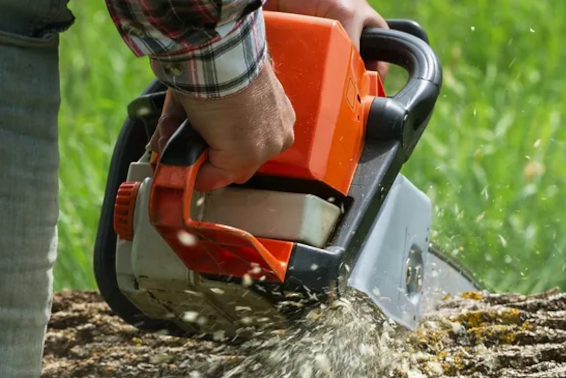
Believe it or not, you may need a tree removal permit before you can cut down a tree on your own property. That’s right — you may not be the only person making decisions about removing trees in your yard, regardless of what they look like or their state of health, if the tree in question is protected by state law.
The good news? It’s unlikely that you have any protected trees on your property, so you probably don’t need the town’s approval to go forward with your landscaping plans, but you should be aware of tree-removal laws anyway.
The Utah Heritage Tree Act of 1975
In 1975, the Utah Legislature enacted the Heritage Tree Act, protecting any trees that are named by the Utah Division of Forestry, Fire and State Lands. These trees are:
Historically significant on a national, state or local level
Unusually large or well-formed for their species
Unusually old for their species
Rare — potentially the last of their species
Significant trunk damage with cracks, cavities and peeling bark
Heaving soil at the base and under the leaf canopy
Leaning heavily to one side
Tree removal should always be managed by experts who have the right equipment to minimize personal injury and property damage. Call Rivendell Tree Experts to talk to a certified arborist about the best course of action for your trees.



